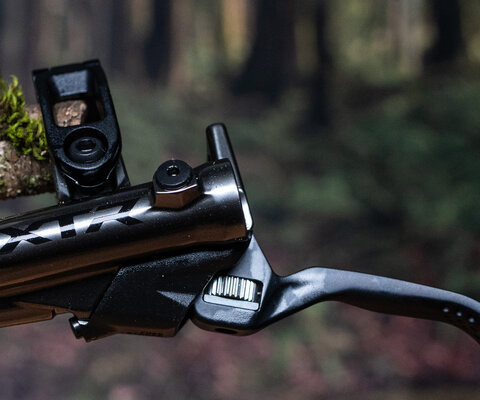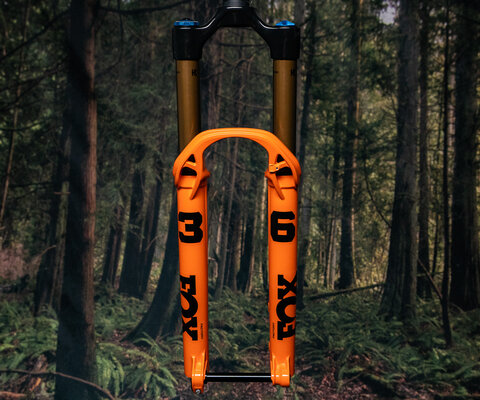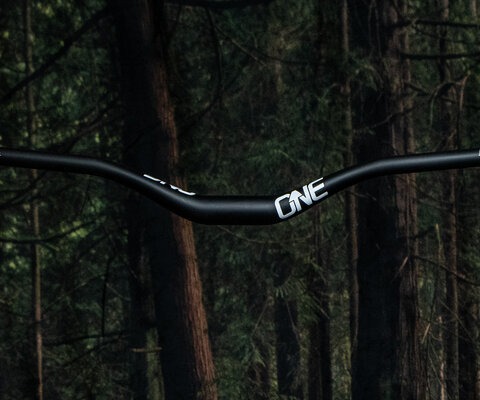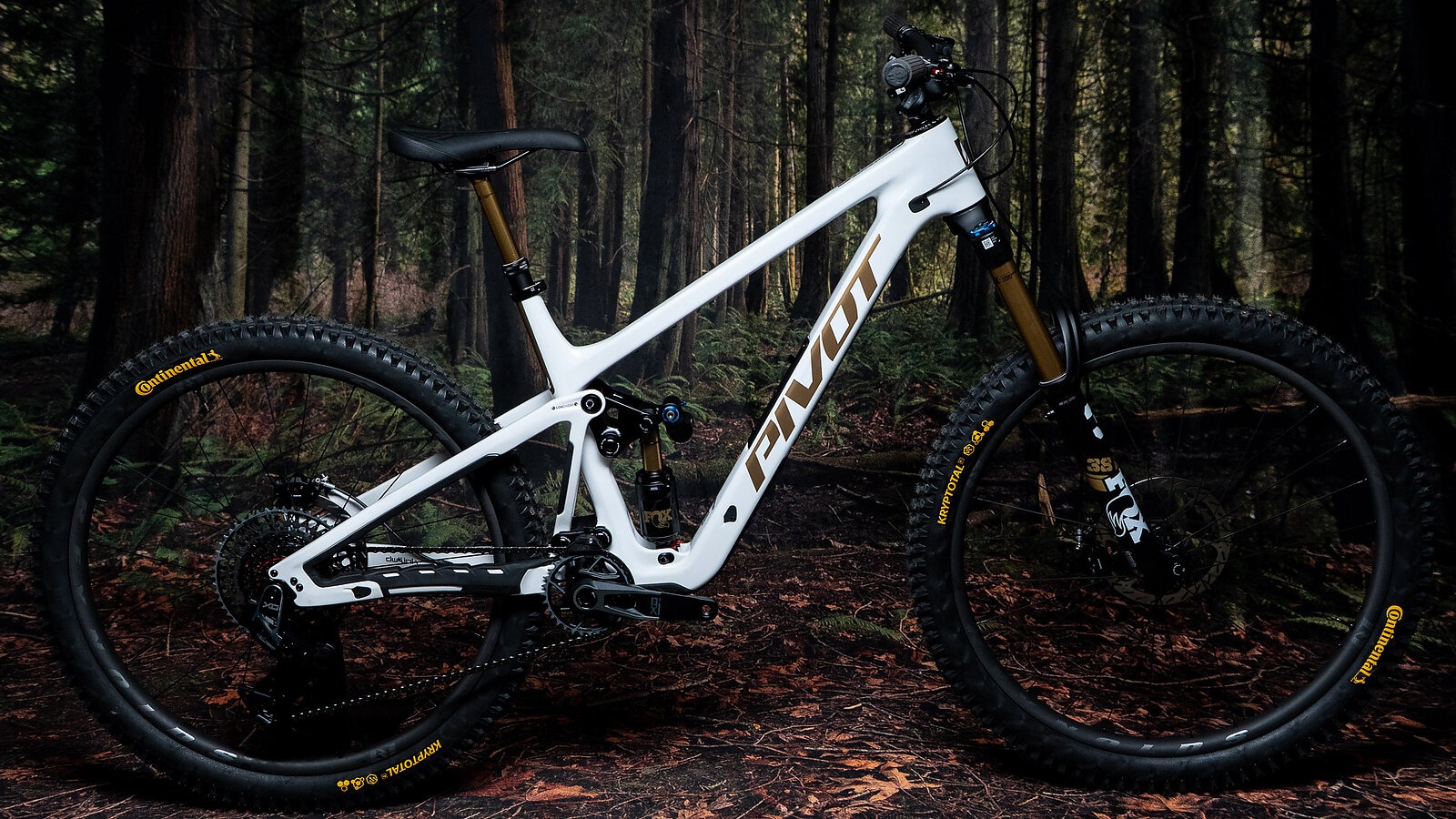
Pivot Firebird Bike Review
Words and Photos by Cy Whitling
Enduro efficiency.
Today Pivot is launching a new Firebird, hot on the heels of the Trailcat SL and LT which dropped earlier this spring. While this latest Firebird has lots in common with the outgoing version, from its travel numbers to its basic silhouette, it’s got a lot of “new” going on as well, including slacker geometry, a slick chainstay length adjustment, internal frame storage, and a progressivity-adjusting flip chip.
None of that changes the fact that the Firebird is still Pivot’s longest-travel pedalable bike, designed for gnarly terrain and racing enduros. So what do those changes add up to, and how does the Firebird stack up to the current crop of long-travel enduro bikes?
Pivot Firebird Overview
- Travel: 165 mm (rear) 170 mm (front)
- Wheel Size: 29” or Mixed 29”/27.5”
- Size Tested: Large
- Build Tested: Pro XO Transmission
- Head Tube Angle: 63.8° (low setting, 29" rear wheel)
- Measured Weight: 35.61 lbs (16.15 kg)
- MSRP: $9,899
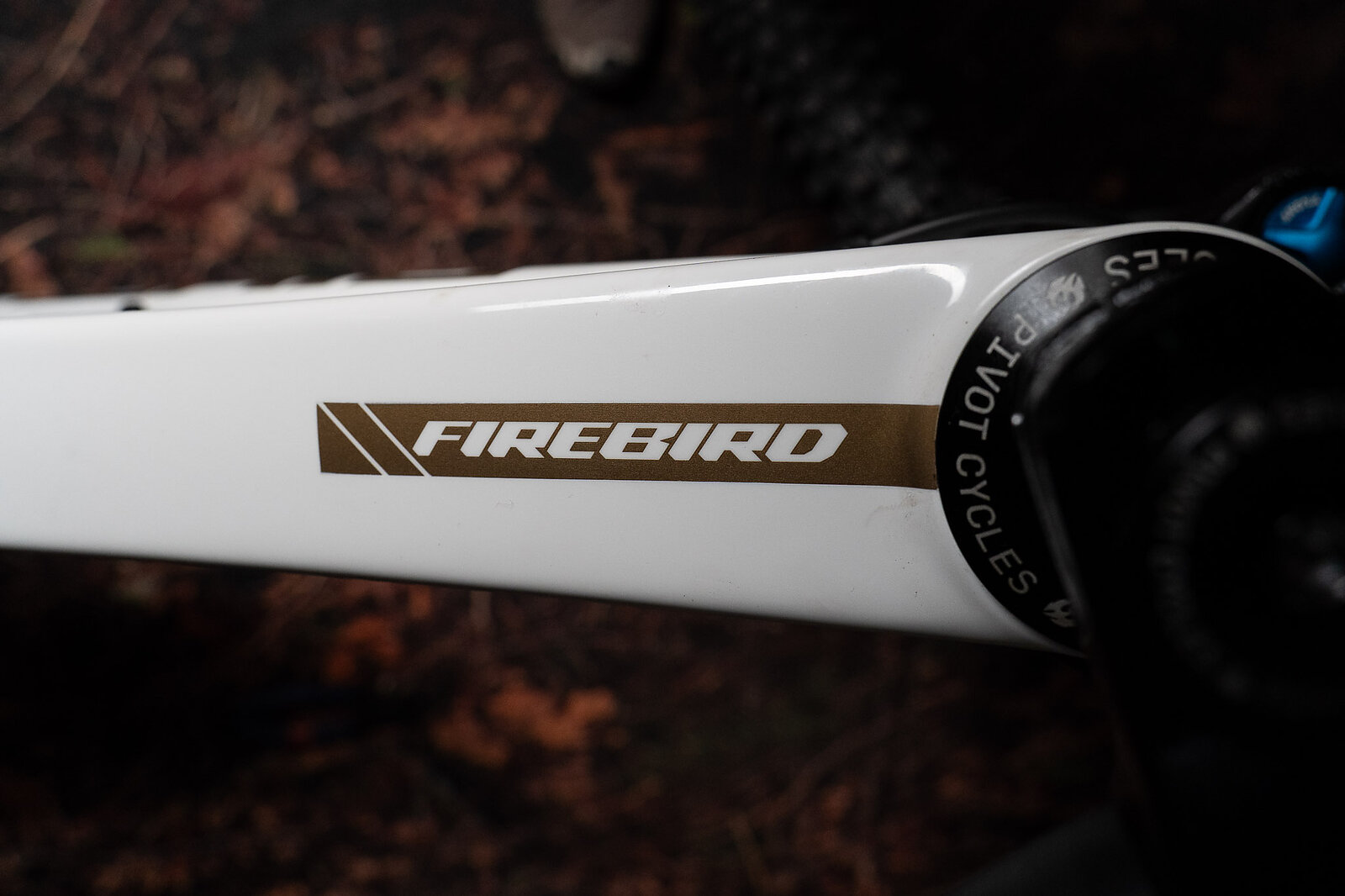
Before I had any details on this bike, I researched 2 Chainz lyrics, anticipating that the new Firebird might have a dual-chained setup similar to Pivot’s latest Phoenix. It turns out that none of that rapper’s bike-related lyrics are appropriate for family audiences, and luckily, I didn’t need them because Pivot stuck to the regular drivetrain setup found on all the brand's other bikes. That decision is the thru-line of my experience on the Firebird. It’s less “pedalable DH bike” than many of its competitors, and instead brings a different, sharper, more taut experience to this travel category.
Geometry Updates
Compared to the old Firebird, with both bikes in the “Low” position, the Large Firebird I tested has a .2° slacker headtube angle (63.8°), 3 millimeter shorter reach (485 millimeters), 6 millimeter taller stack (642 millimeters), and either 3 millimeter shorter or 5 millimeter longer chainstay depending on setting. Those chainstays also change with frame size. The bottom bracket also sits 3 millimeters lower at 349 millimeters. Finally, the seat tube angle steepens up to 77°.
All of those numbers add up to a bike that felt very comfortable for my 6’2” frame. I had a nice, upright riding position, and never felt cramped or stretched out while descending. You can run a 27.5” rear wheel on the Firebird which drops the head tube angle down to 63.1° in low mode, and leaves you with a still-reasonable 340 millimeter bottom bracket height.
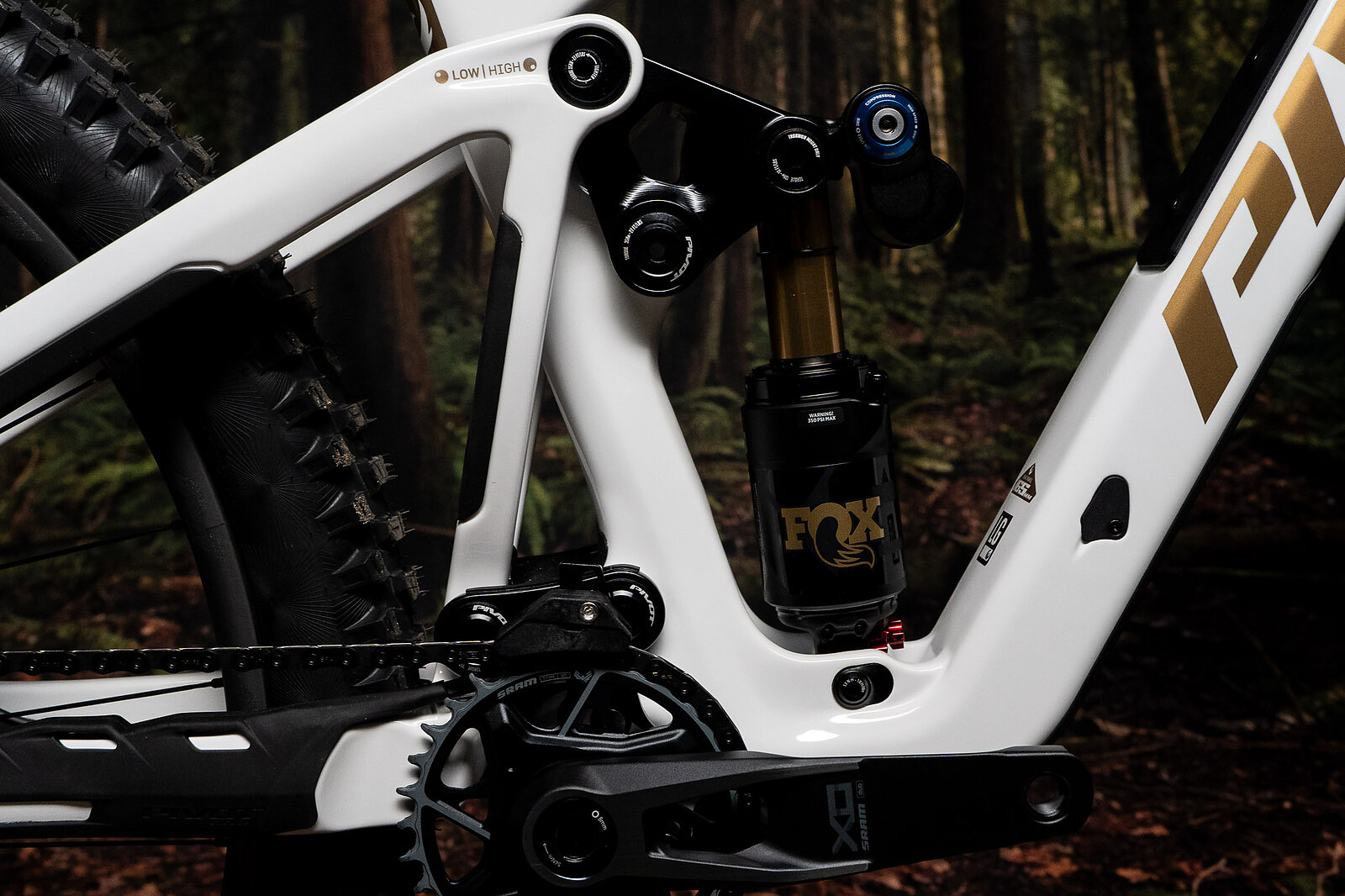
Pivot Firebird Frame Details
There’s a subjective and somewhat ineffable list of attributes that make a bike feel “nice”. Fit, finish, attention to detail, paint quality, etc all contribute to first impressions. And my first impression of the new Firebird was “damn, this is a nice bike.” All the details feel sorted and thoughtful. Every feature, whether or not I necessarily agree with it, feels intentional and well-reasoned. That’s how bikes that cost this much should feel.
Working front to back, Pivot uses a ZS56/ZS56 headset, which makes it easy to swap in reach or angle-adjust headsets to tweak the bike’s fit and geo. Behind that headset, swappable cable port covers make it possible to run just about any configuration of brake, shifter, and dropper lines you desire. While it’s not quite as easy to set up as fully-internal routing, this configuration does have more flexibility, and stayed quiet for my time on the Firebird. Those cables are clipped into the frame of the Toolshed internal storage door.
Pivot’s take on internal storage is very sorted. It feels like last year a bunch of brands slapped latches onto their downtubes without that much consideration for utility. In contrast, Pivot’s permutation might be the most dialed and thoughtful I’ve used yet. It’s easy to open and close, the door has a magnet for a quick link on the back, as well as a slot for a strap. Inside the frame are two bags that don’t just feel like basic off-the-shelf options. Instead they’re considered, and easy to load. The details count, and Pivot counts the details here.
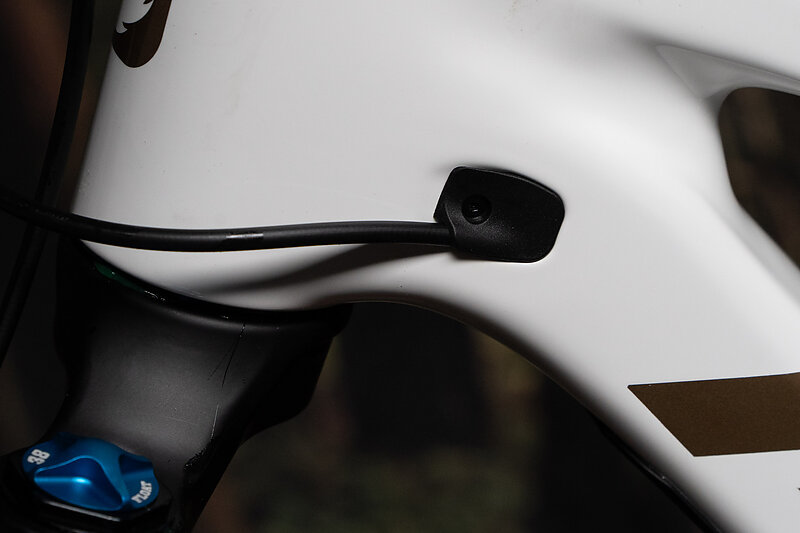
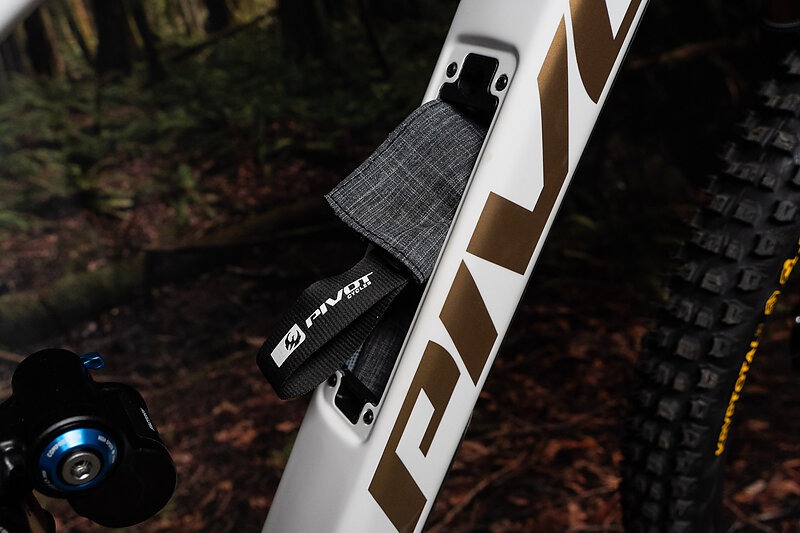
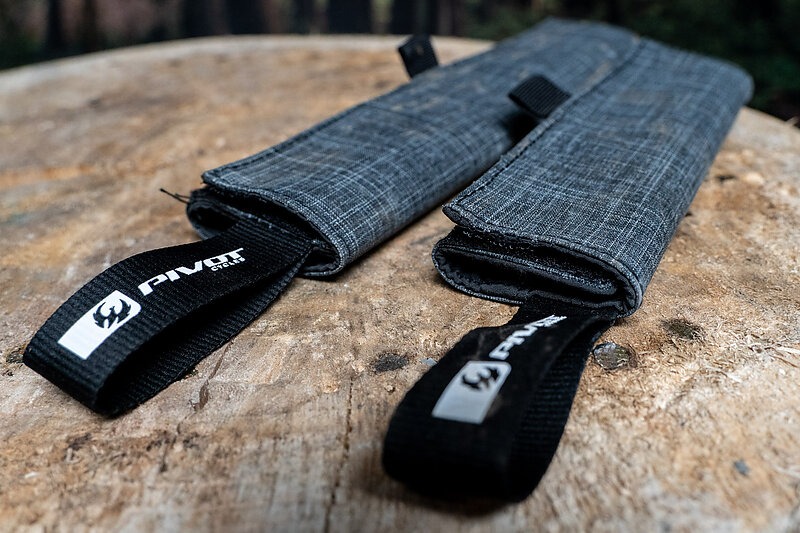
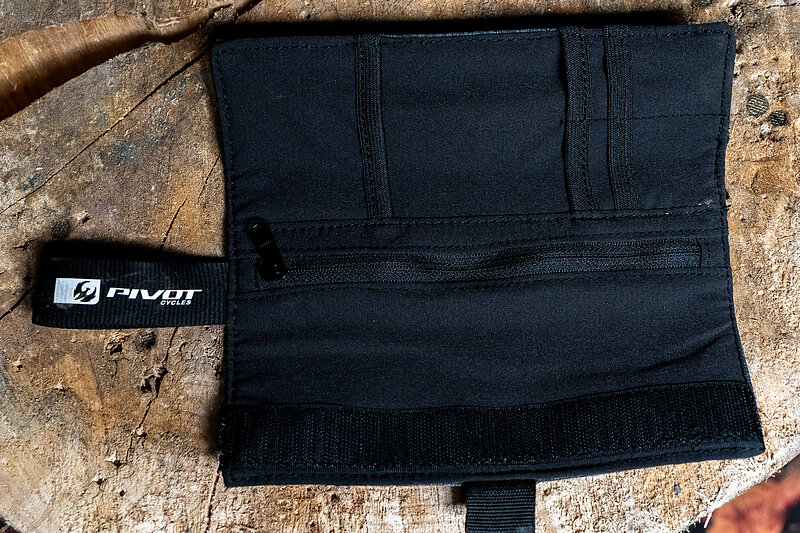
The downtube is fully clad in rubber protection to deal with shuttle rub and rock strikes, and the molded chainstay protection keeps everything running quietly. Unsurprisingly, there’s still a press-fit bottom bracket keeping the cranks spinning.
There’s a flip chip for high and low geometry positions at the upper link. It’s reverse threaded—read the instructions printed on the bolt before you ham fist it! The lower eyelet of the shock is mounted on another flip chip which alters the change in leverage rate from 31.8% in the default progressive setting to 26.9% in the forward linear setting. Unsurprisingly, the Firebird sticks with 157 millimeter rear spacing—Pivot is staying dedicated to Super Boost spacing, even as other brands fall away. However, there’s plenty of heel clearance and I had no rub issues.
That rear hub is suspended on the modern version of Pivot’s Swinger Link. While that name might conjure visions of garden gnomes and upside down pineapples, it’s the more modern version of Pivot’s classic swinging dropouts found on previous hardtails. This link gives you 8 mm of chainstay length adjustment, and it's a really cool solution to a unique problem.
The adoption of SRAM’s UDH system means that frame manufacturers who use a one-piece rear triangle face a unique engineering challenge if they want to open up their relationship to chainstay length adjustments. The direct-mount needs of the UDH interface mean that traditional flip chips are out, on the drive side at least. So Pivot designed a dropout system that allows the whole assembly to pivot out and back, so that you can install a little unicorn of a spacer and then bolt the whole thing back down. On the brake side, you’ve got a traditional flip chip, and a flippable brake mount for the two settings. It’s a clever and ethical solution for folks looking for a non-monogamous relationship with their rear center length.
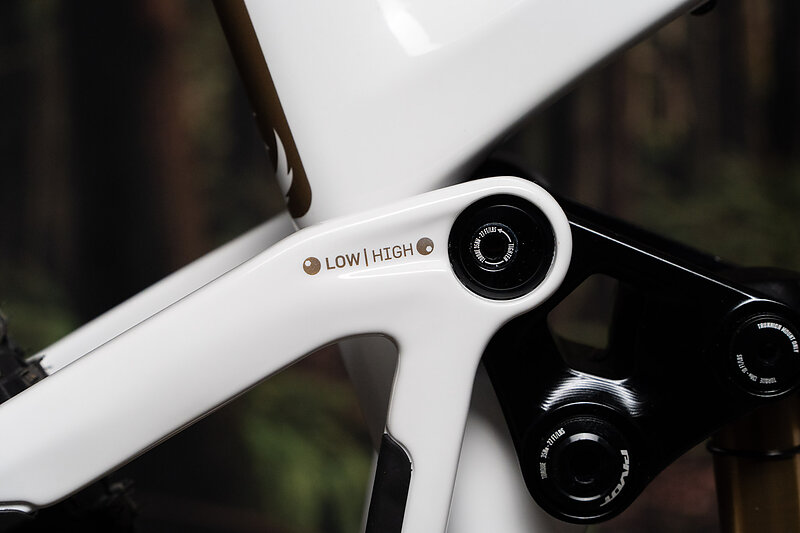
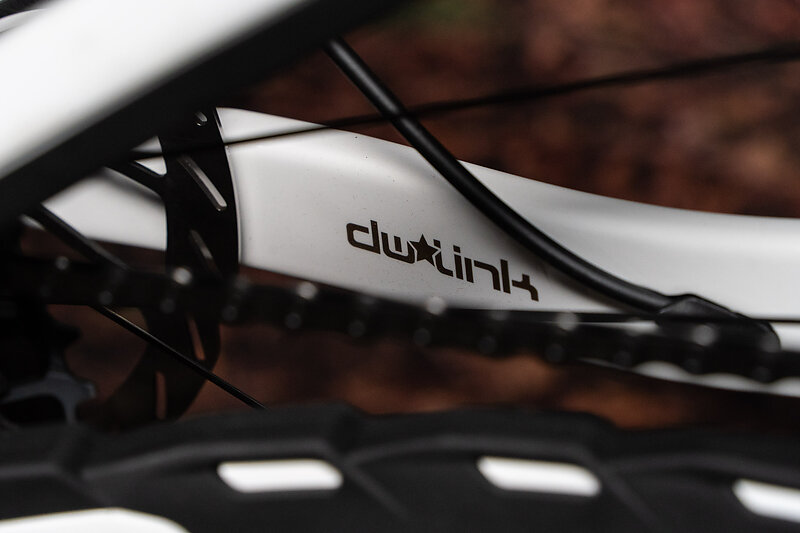
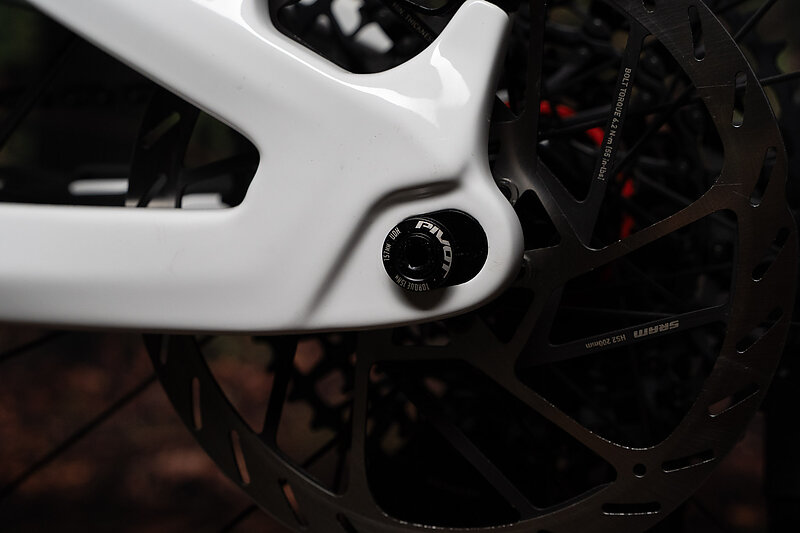
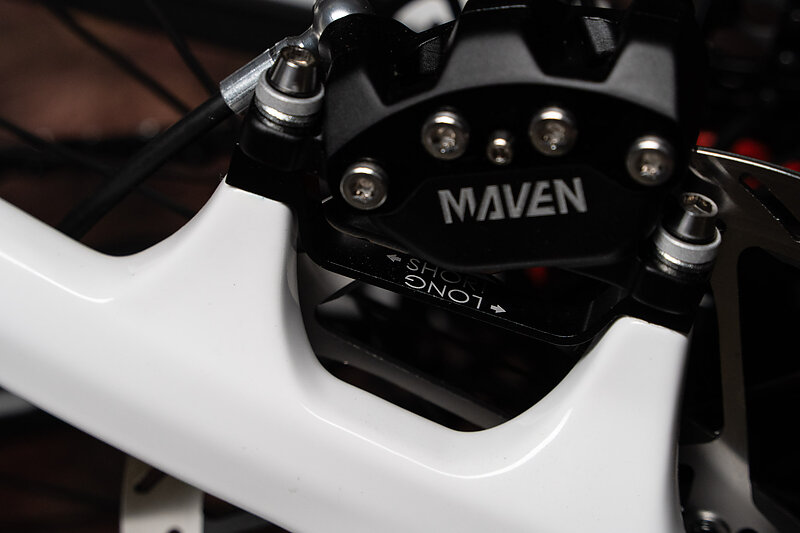
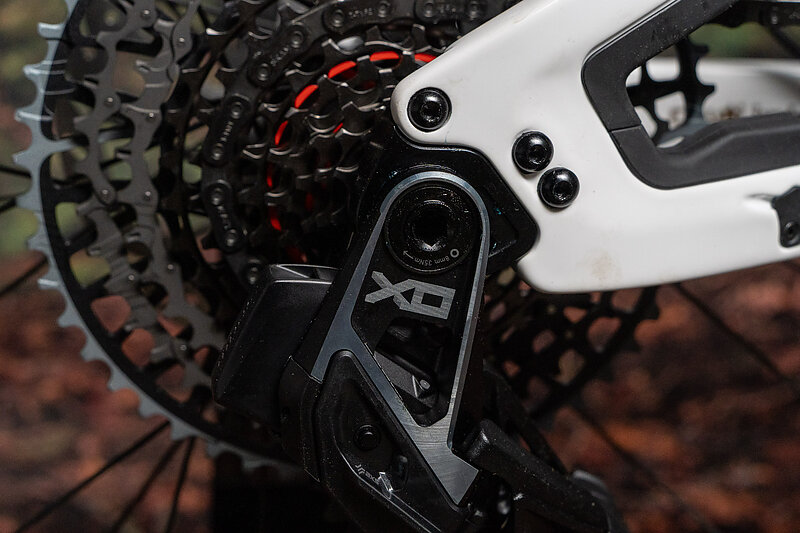
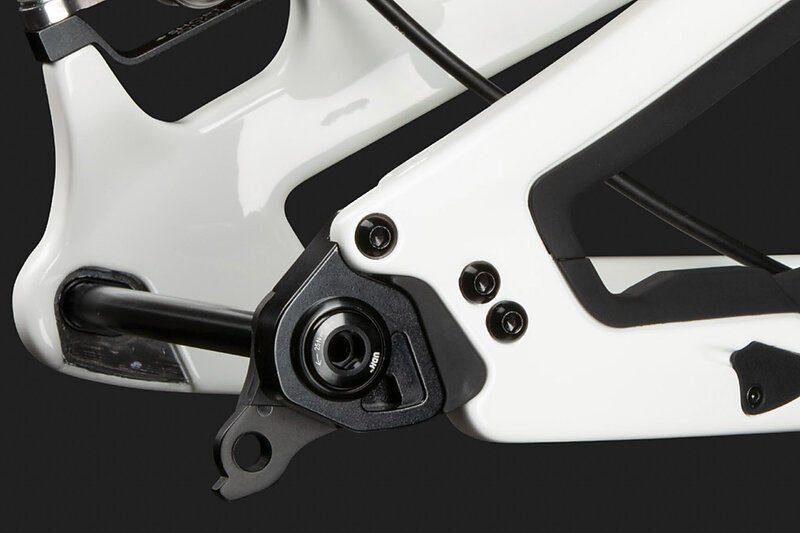
Pivot Firebird Build
The Pro XO Transmission build I reviewed pulls very few punches. It came with the optional upgrade to Reynolds carbon wheels, complete with i9 Hydra hubs, and a sweet centerlock system that works with six-bolt rotors.
The Fox Factory level 38 GRIP X2 has been excellent along with the new 2026 Float X2 which has remained quiet and squelch-free. XO Transmission is still wonderful even though it doesn’t have cables, and every time I review a bike with a SRAM drivetrain I’m reminded again how thankful I am that it comes paired with Maven brakes now.
It’s great to see a 200 millimeter dropper from the factory, although the WTB Volt perched atop it is an old enemy of mine and I swapped it out immediately. The stock 780 millimeter Phoenix Team Carbon bar seems nice, but I swapped it out for my normal 800 millimeter option for consistency. An unexpected highlight was the Phoenix Team Enduro V2 Stem. Stems aren’t usually a big deal but this one is very nice looking, and a pleasure to adjust. House brand stems are often generic. This one is not.
The bike comes with Continental Kryptotal tires front and rear, in Enduro casing and Soft compound. These are a good fit, but I wish Continental had released its Super Soft Enduro casing tires sooner. I’ve found that many “Soft” Continentals are very slippery when brand new before they break in- I think it might be a by-product of the manufacturing mold-release. This was the slipperiest front tire I’ve run in a while, which was exacerbated by some very rainy conditions.
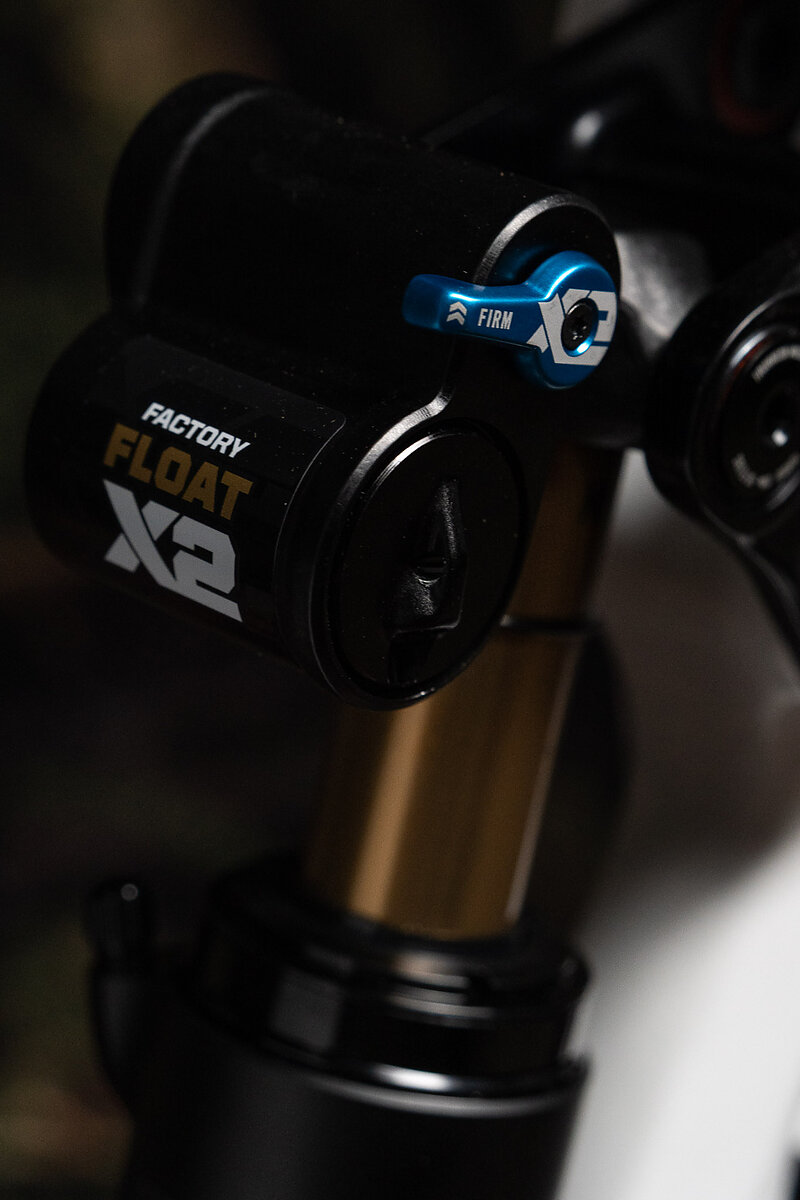
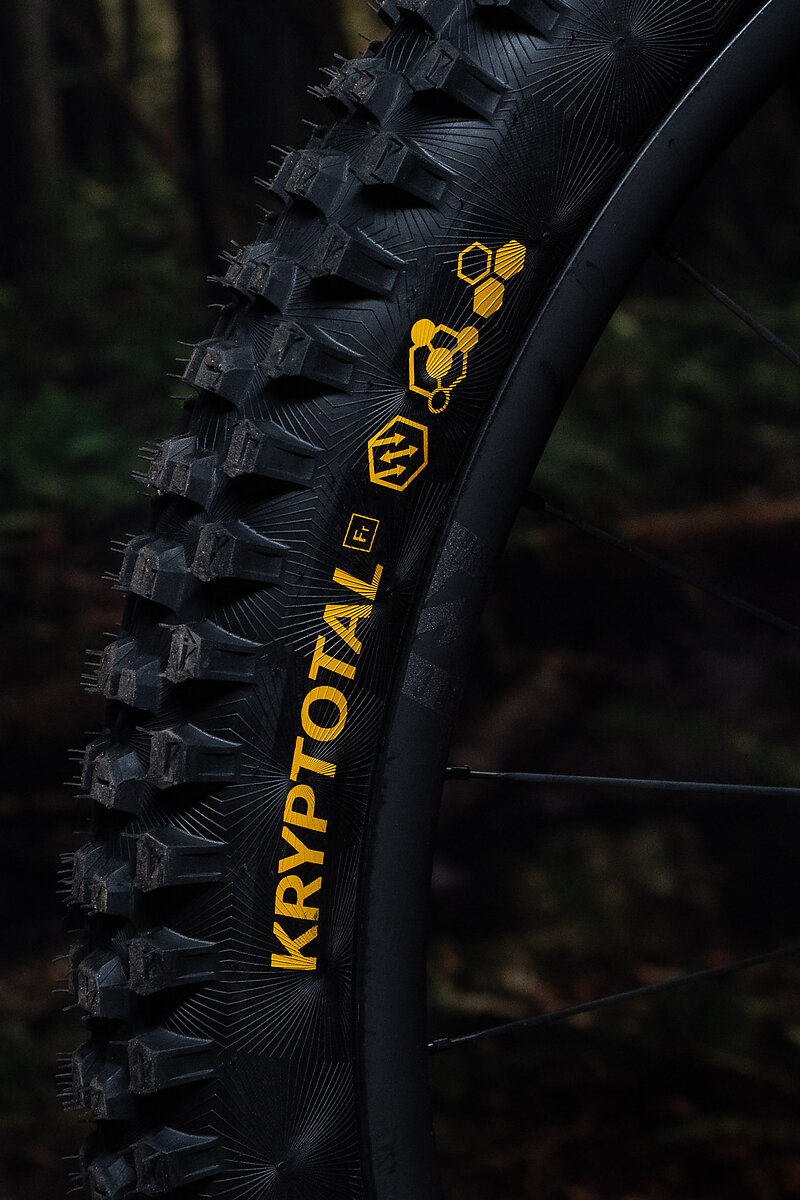
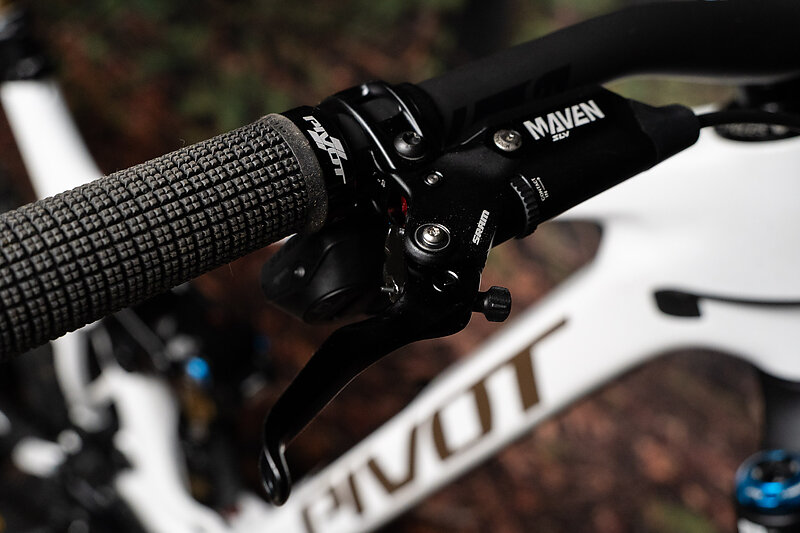

Riding the Pivot Firebird
I am an aficionado of what I lovingly call “big stupid bikes”. Put me on a long travel bruiser, point me up the nearest logging road, and I’m happy to churn my way up and smash back down. And the Firebird is technically Pivot’s biggest pedal bike. But it’s not stupid. It’s not an imprecise blunt weapon. Instead it’s a taut, efficient tool.
Going uphill, the Firebird feels snappy and smooth. It doesn’t hurt that it’s lighter than many shorter-travel trail bikes I’ve ridden recently, but it also delivers a really impressive pedaling platform. I was consistently moving faster up both smooth roads, and more technical trails than I’m used to, even on smaller bikes.
That same feeling persists in rolling terrain. This is an easy bike to pump through transitions, push into and out of corners, and carry speed with. And when the trail gets steeper and gnarlier, that sensation remains. No, the Firebird does not have the most sensitive “erase all the gnar and hoverboard through the chunder” rear end in this class. It wants you to be an engaged pilot, not a casual passenger. Loft the bike over those roots, snipe that transition, and accelerate out of the corner.

Compared to bikes like the Trek Slash, it takes more energy to carry speed through rough terrain on the Firebird. On the flipside though, it generates speed much more quickly. I can charge into a blown up corner with more abandon with the Slash, but I accelerate out of it much more smoothly on the Firebird.
That makes for a really fun riding experience. The Firebird keeps you honest when you mess up your line choice, but it also rewards you more fully than some other bikes when you get it right.
I tried a bunch of different height, progressivity, and chainstay length permutations. Here’s a short rundown of each:
The linear setting makes the Firebird feel even more snappy and responsive than the progressive one. I like that, folks looking for more cushion out back might prefer a coil and the progressive setting. The high geo setting feels predictably even more precise and demanding than the low one. That said, the low setting is still pretty high and steep for a bike in this travel range, so I’m quite happy sticking there. Finally, the chainstay length adjustment makes a big difference. I think I might prefer the longer setting more somewhere flatter, with higher-speed trails, or with a 27.5” rear wheel, but for our tighter trails, I would stick with the short version.
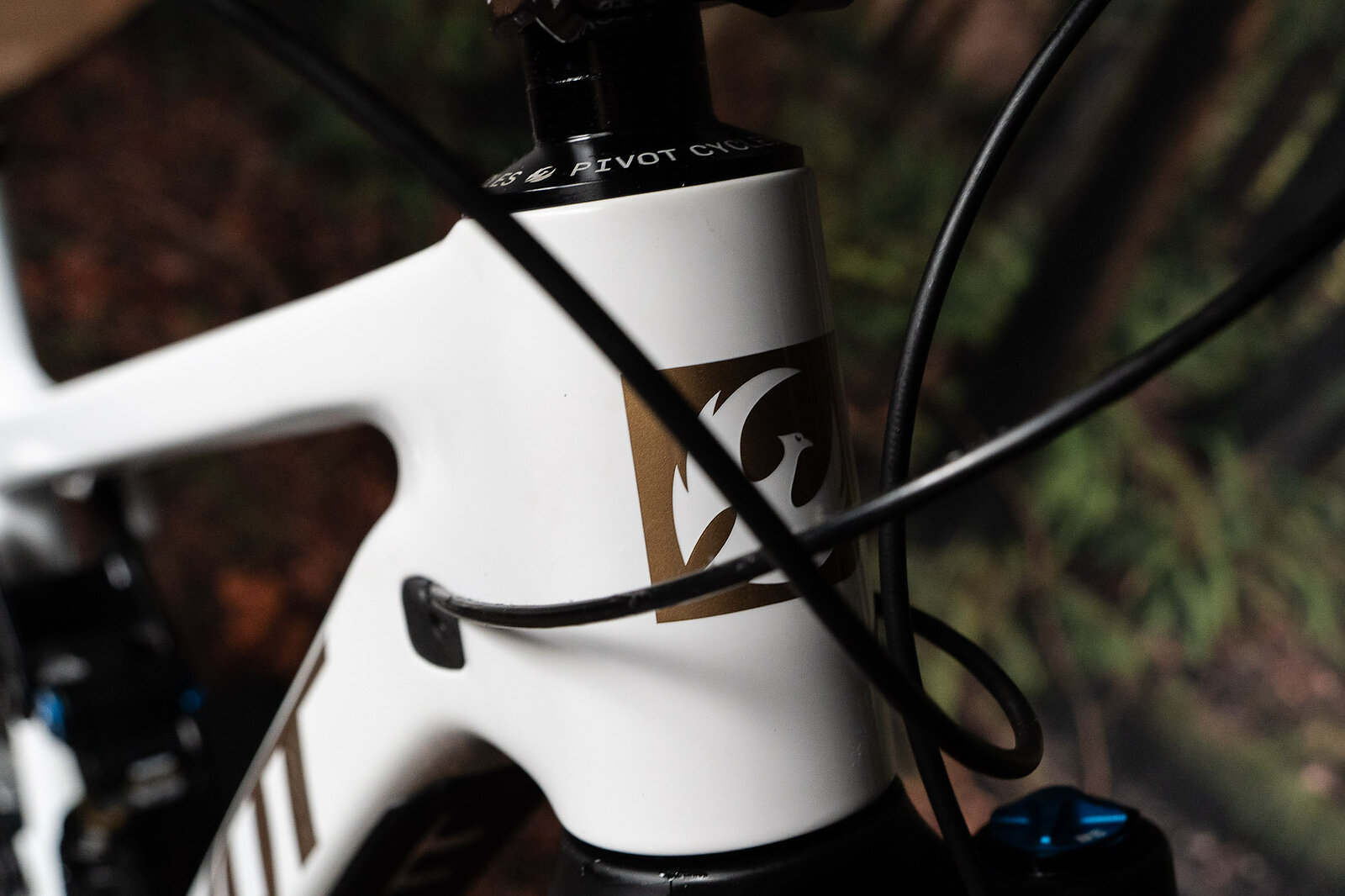
Bringing a gun to a knife fight?
On paper, the Firebird is another gun that many riders will bring to their local knife fights. And while riding big enduro bikes outside of big enduro terrain is fun, it’s also tiring on mellow trails.
But in the woods, the Firebird never felt like overkill. Yes, I rode faster, meaner trails on it, but I also spent a bunch of time on rides that I regularly push a 120 mm bike on. And the Firebird never felt ungainly or silly. Instead it was efficient and responsive, regardless of the grade of the trail.
There’s a push (that I wholeheartedly support) to give pedalable long-travel bikes as much downhill capability as possible. Bikes like the Trek Slash are so incredibly capable, and so descent-oriented. The Firebird is a compelling alternative to that paradigm. No. It doesn’t feel as safe, as composed, as accommodating in freeride terrain. But it’s still very fast on steep, rough trails, and it makes getting to those trails very easy, while not feeling foolish on more mellow rides.
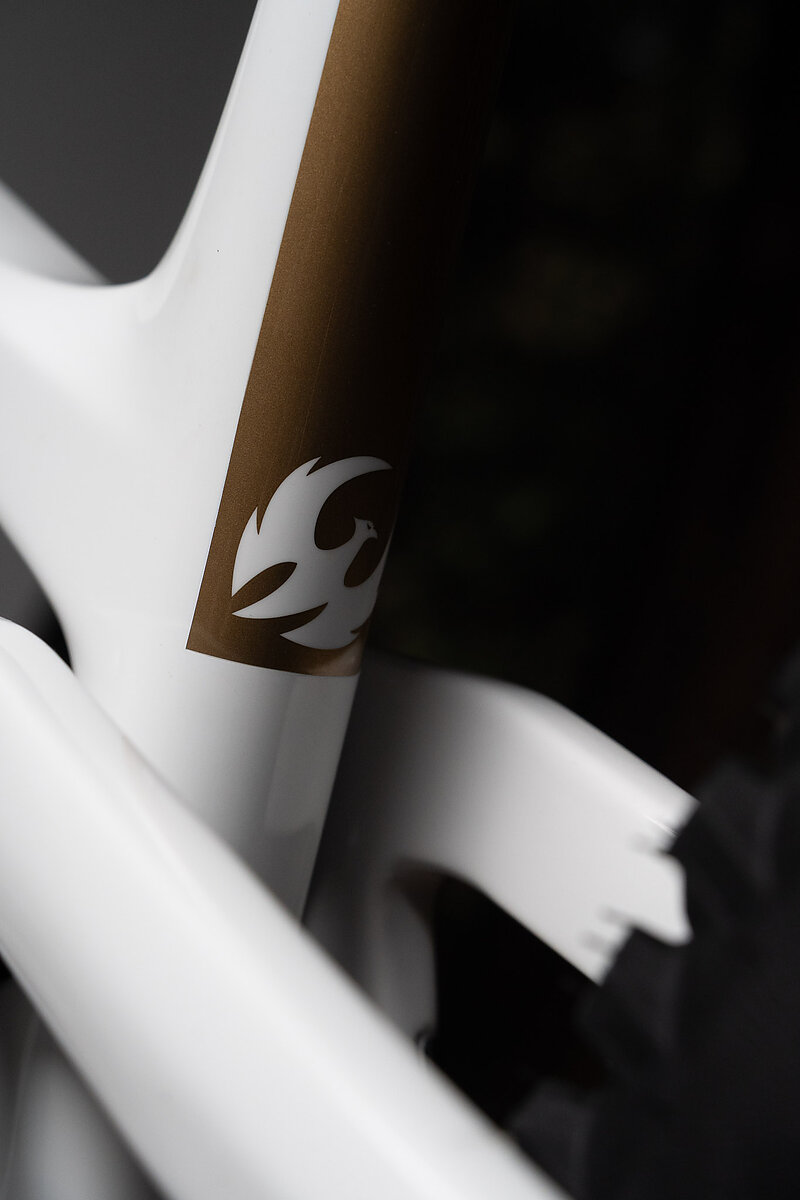
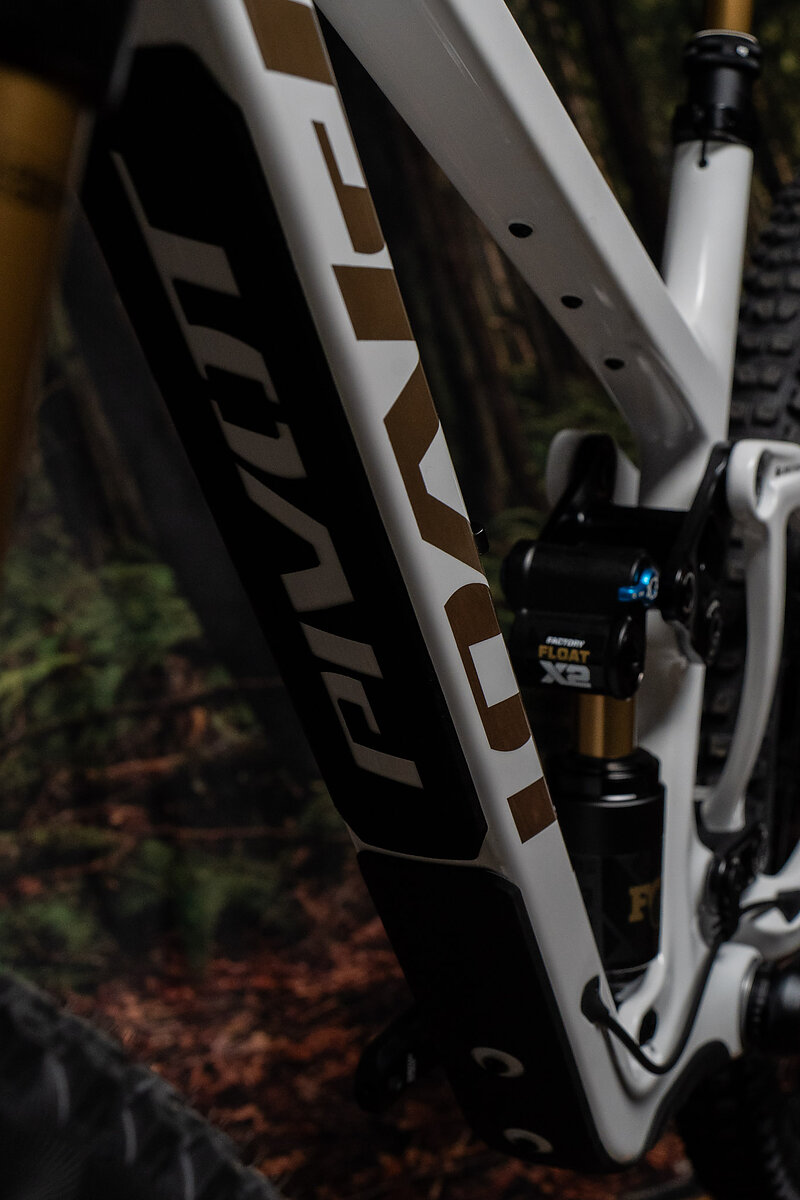
This Firebird is the easiest way to bring a 170 millimeter 38, big brakes, and big tires to scary trails that are hard to get to that I’ve found. If I still lived in Teton Valley, where the best descents are gatekept by miles of technical climbing, this bike would be on my short list. And, if I was looking for one bike to do it all in the PNW, from mellow sanctioned rides, to the occasional Whistler trip, the Firebird would be hard to ignore.
Not all enduro bikes need to have the same flavor, and the Firebird is a refreshing reminder of that.
For Now
Pivot’s new Firebird is a snappy, efficient, entry to the enduro bike arena. It’s not the “smashiest” or most capable-feeling bike in its class. Instead, it might just be the most well-rounded, the most ready-for-anything bike in this travel range I’ve ridden. That makes it a compelling option for anyone looking for a bike that can handle the meanest trails, but doesn’t make everything else feel numb.
Learn more: Pivot Cycles
